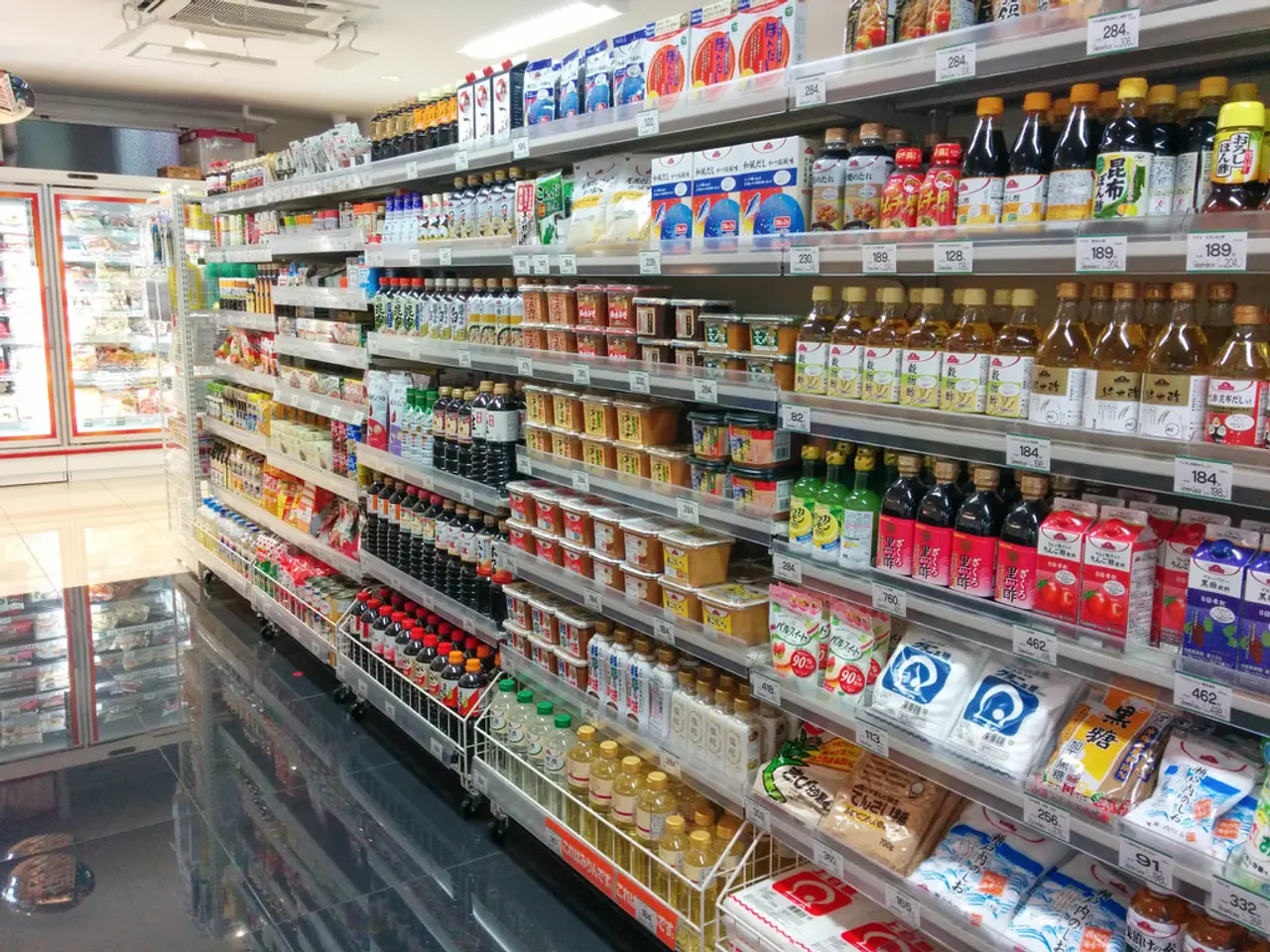Abundant grain harvest in South Africa could potentially alleviate worries about food price inflation.
South Africa is currently experiencing a recovery season for its grains and oilseeds production, with the country's summer harvest expected to reach an estimated 18.74 million tons - a 21% increase year-on-year [1][2][5]. This surge is primarily due to favourable summer rains and decent area plantings, which have improved yields and expanded production areas in key crops like maize and soybeans.
The ample harvest is good news for consumers, as it is expected to put downward pressure on prices, potentially reducing consumer food price inflation. The lower commodity prices bode well for this, as they are now lower than last year [6].
The Crop Estimates Committee (CEC) projects maize yields to rise significantly, with the country's maize harvest forecast at 15.03 million tons - 17% higher than the 2023/2024 crop [1]. South Africa's annual maize needs are approximately 12 million tons, and the forecast suggests a surplus, making South Africa a net exporter of maize [7].
The soybean harvest for 2024/2025 is estimated at 2.72 million tons, a 47% year-on-year increase, while the dry beans harvest is estimated at 74,299 tons, also a 47% increase year-on-year [6]. The solid harvest has contributed to generally softening commodity prices for soybeans and dry beans, with both crops lowering by 3% from last month [6].
Sunflower seeds harvest for 2024/2025 is estimated at 708,300 tons, a 12% increase from the last season [6]. The increase in sunflower plantings was encouraged by attractive global oilseed prices, which peaked above R10,000/ton in late 2024 [4].
While some areas may face quality challenges, particularly with white maize, the quality issues do not fundamentally change the available volume for milling acceptability and food supplies [6]. The recent surge in maize prices is attributed to slow harvesting and quality issues, but this is expected to be short-lived [6].
Sorghum production for 2024/2025 is estimated at 137,970 tons, a 41% year-on-year increase [6]. Most other crops have remained unchanged from the previous month [6].
In conclusion, climatic factors combined with positive market conditions and farmer response have driven the production increase for South Africa’s 2024/2025 summer grains and oilseed season. Despite challenges in sustaining profitability due to market volatility and input costs, the increased harvest is expected to contribute to lower consumer food prices and potentially reduce food price inflation in the country.
References: [1] https://www.agric.gov.za/agriculture/crops/crop-estimates-committee [2] https://www.agric.gov.za/media/documents/cec-report-july-2024.pdf [3] https://www.agric.gov.za/media/documents/cec-report-october-2024.pdf [4] https://www.farmersweekly.co.za/agriculture/crops/sunflower-area-expands-as-prices-rise/ [5] https://www.farmersweekly.co.za/agriculture/crops/maize-area-to-increase-by-8-in-2024-2025/ [6] https://www.farmersweekly.co.za/agriculture/crops/soybeans-and-maize-yields-expected-to-rise/ [7] https://www.farmersweekly.co.za/agriculture/crops/maize-production-forecast-for-2024-2025-season/
- The increased maize and soybean production in South Africa's summer harvest could have a positive impact on personal-finance and lifestyle, as lower food prices resulting from the increased supply may allow consumers to save money on food-and-drink expenses.
- The improvement in South Africa's grain and oilseeds production, as indicated by the Crop Estimates Committee's reports, can offer a favorable landscape for individual investors in the finance sector, as the agricultural sector's growth might lead to financial opportunities and increased profit potential.




